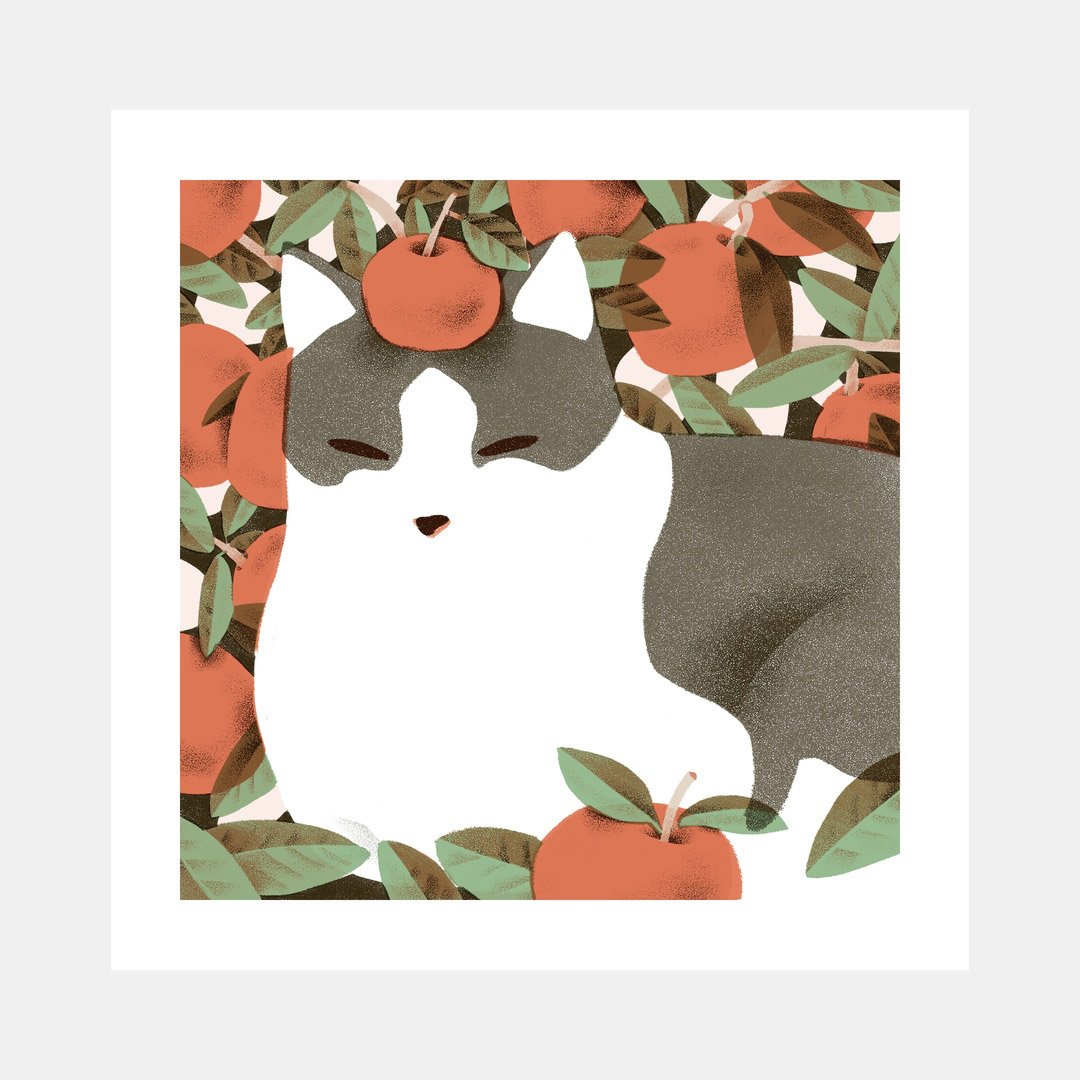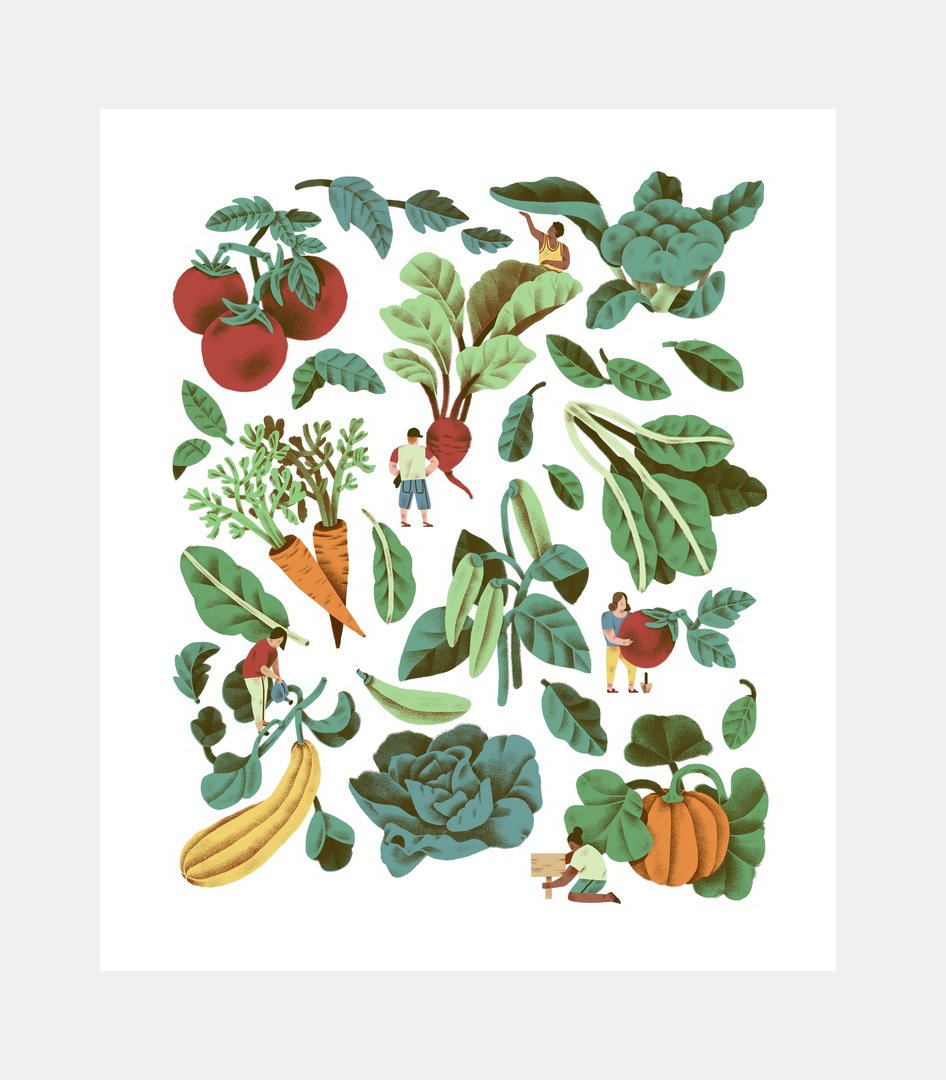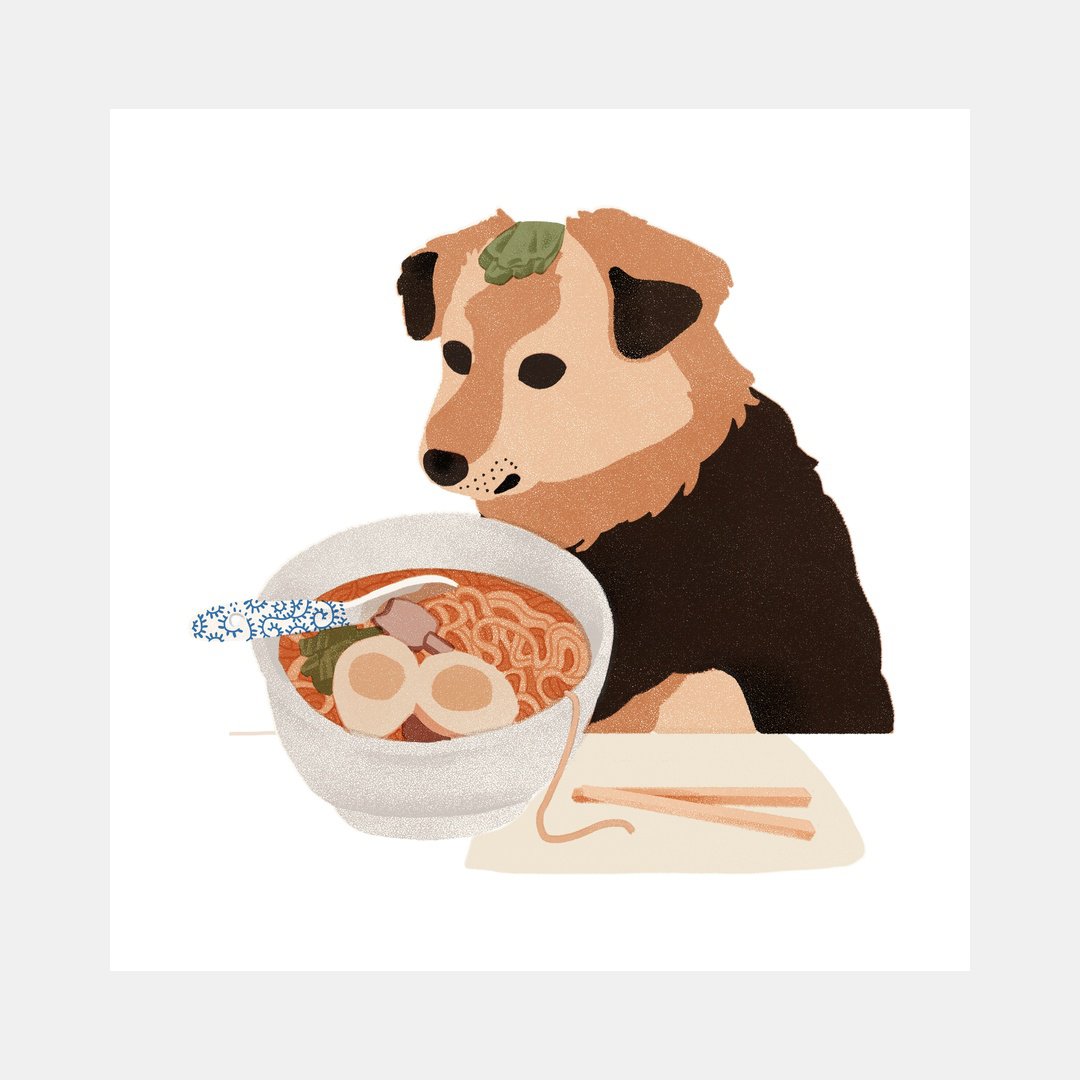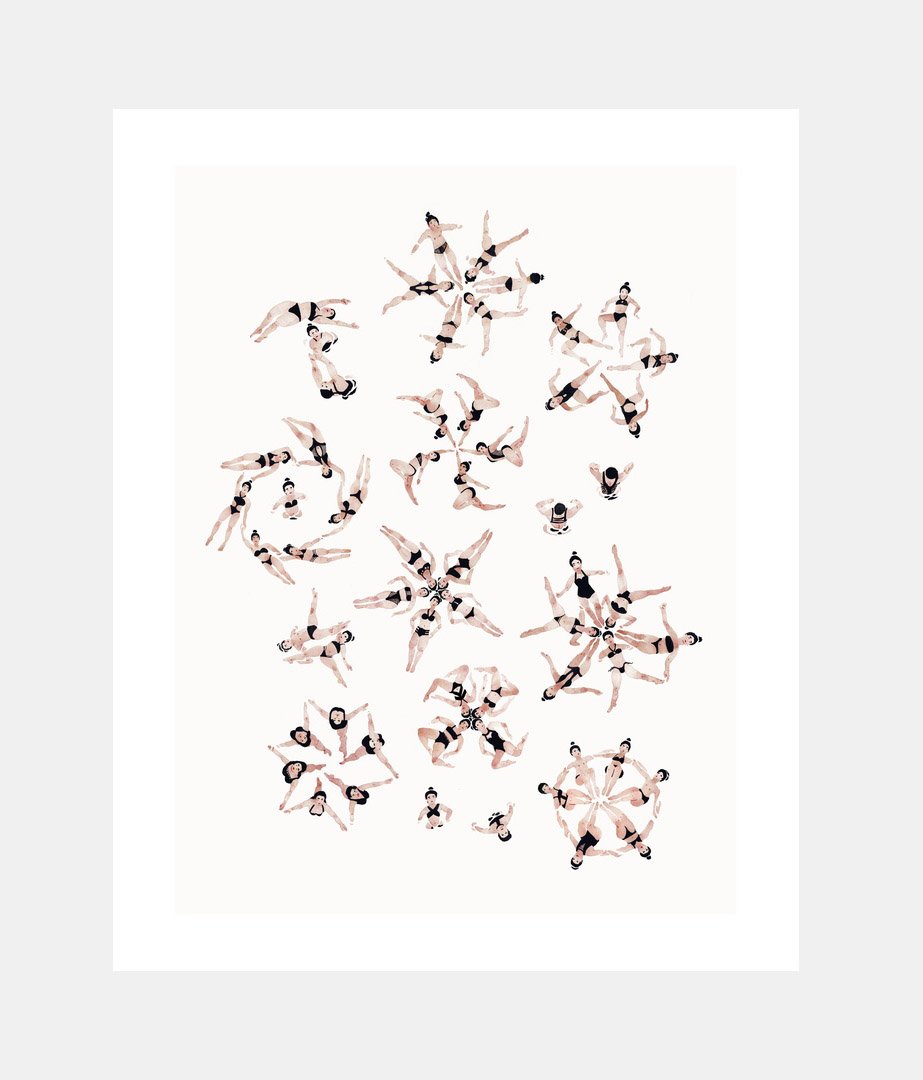Container Growing: 'White Satin' Carrot
Container-grown ‘White Satin’ carrots
'White Satin' carrot is a distinctive variety known for its elegant appearance and sweet, mild flavor. Characterized by its creamy white color and smooth texture, this carrot offers a unique twist on traditional orange varieties - ghostly white and understated, it sits curiously on any dinner plate.
How to Grow:
I purchased my seeds from West Coast Seeds and according to instructions this plant boosts luminous white roots grow to 10" long. Choose a planting location that receives full sun, as 'White Satin' Carrots require at least 6-8 hours of sunlight daily for optimal growth. They reach maturity in just 65 days, making them ideal for the cool season, providing a fresh and flavorful harvest relatively quickly.
Seed Review:
I focus on experimental urban gardening in small spaces, emphasizing low-maintenance, dense, wild plantings. My container garden is on a city rooftop and I grow exclusively in pots, planters, and raised garden beds designed for decks.
My Garden Conditions:
| Zone: | 6a |
| Sun: | Full |
| Heat: | High |
| Wind: | Exposed |
| Humidity: | Average |
location_on Toronto, Canada
Picking a location
I direct sowed my carrot seeds in early spring a couple weeks before last frost, sprinkling them around the borders of my planters. Carrots play nice! So I like to interplant them with whatever crop I decide to grow that year (here, I have them inbetween mizuna and squash). Sow the seeds thinly, about 1/4 to 1/2 inch deep, and typical spacing of rows is approximately 12-18 inches apart but I decided to try keeping the carrots together (you can see what happened as you continue reading …).
Seedling of a ‘White Satin’ carrot
Watering
Keep the soil consistently moist (particularly during germination!) but not waterlogged. Carrots require even moisture to prevent cracking and ensure proper root growth. Water regularly, especially during the dry periods of the hot Toronto summers, and avoid overhead watering if you can to prevent disease. Mulching can also helps prevent the carrot shoulders from becoming green and bitter.
Harvesting
'White Satin' carrots are ready for harvest when they reach their mature size (about 10”) but I harvest them at any time I need carrots for a recipe. Usually, I’ll poke a gentle finger alongside the growing carrot root to approximate its size below soil and if the tips of my fingers aren’t touching the end of the carrot, I’ll pull them out with a gentle tug.
On the case of container growing, in a shorter planter (this one was grown in a bed only 10” tall) the carrots will also be shorter. How deep your planter is, is proportional to how tall the carrot will grow.
Container grown ‘White Satin’ carrot, slightly shorter than typical
my Carrots are Deformed!
Don’t worry! They taste just as delicious and make for hilarious centre pieces to a garden chat. Forget reading clouds - what animals do you see here? Misshaped carrots happen to me due to two main scenarios…
Deformities due to compaction
➊ Obstructions: this freaky bundle of carrots resulted from growing obstructions. This may be because of tough soil or debris/old roots within the soil. Prevent this by loosening soil before planting. Obstructions can also be in the form of other carrots! Closely planted carrots may bump and grow around each other.
Deformities due to transplanting
➋ Transplanting: Although I direct sowed the majority of my seeds, I had a batch where I started in trays and transplanted some seedlings. This is what can happen! Since carrots are the taproot of the central plant, if you transplant them, the roots can curve as you place them in the soil, causing these funny squiggly carrots.
Carrots that have grown into each other, pulled apart
Making a Meal
Carrots, growing up for me, were quintessential in Vietnamese cooking through quick pickling in a fresh summer meal. We made vermicelli bowls known as bún thịt nướng, a cold dish with fresh veggies, grilled pork on top of a bed of thin noodles.
This one is our ‘localized rooftop garden’ edition! All the vegetables were home-grown! Along side the ‘White Satin’ carrots, we have the cucumbers and mizuna (the substitute for lettuce). I have to admit, it’s a bit jarring not seeing the bright orange pops of color in this familiar comfort meal but it made the dish uniquely ours.
Garden bounty: cucumber, mizuna, carrots
Vermicelli bowl (bún thịt nướng) with garden grown vegetables
Easy to bite into with a delectable crunch, this carrot was made for eating raw! Although you can easily bake them to soften if a dish calls for a different texture.
Final Thoughts
‘White Satin’ carrots were a dream to grow! The deformities I encountered were entirely a byproduct of me not preparing the soil properly although pound-for-pound they were still a great harvest for container growing despite how funny they looked.
Of all the carrots I’ve grown, this variety was reliable and one of the quickest to reach maturity without fuss. Although the white colour isn’t as striking in a dish needing pops of color, I’d still keep ‘White Satin’ in my rotation of staple carrots. Would grow again, happily!
Do you have any growing tips or experience with this crop? Comment below!
Support my Work by Purchasing an Art Print!
More Seed Reviews:















'Jade Cross' Brussels Sprouts are a hybrid seed boasted to have an early maturation period and resilient nature in particularly cold climates.